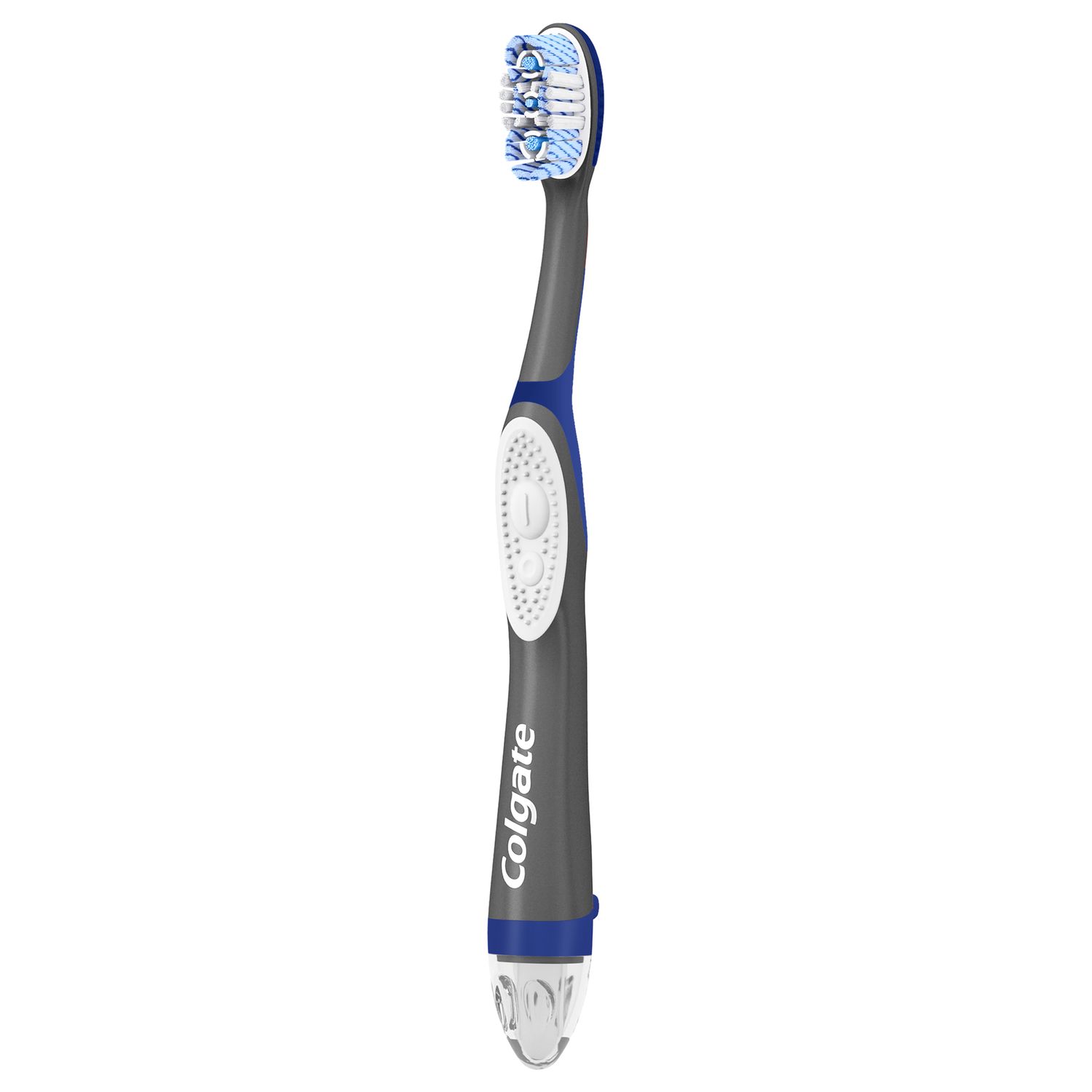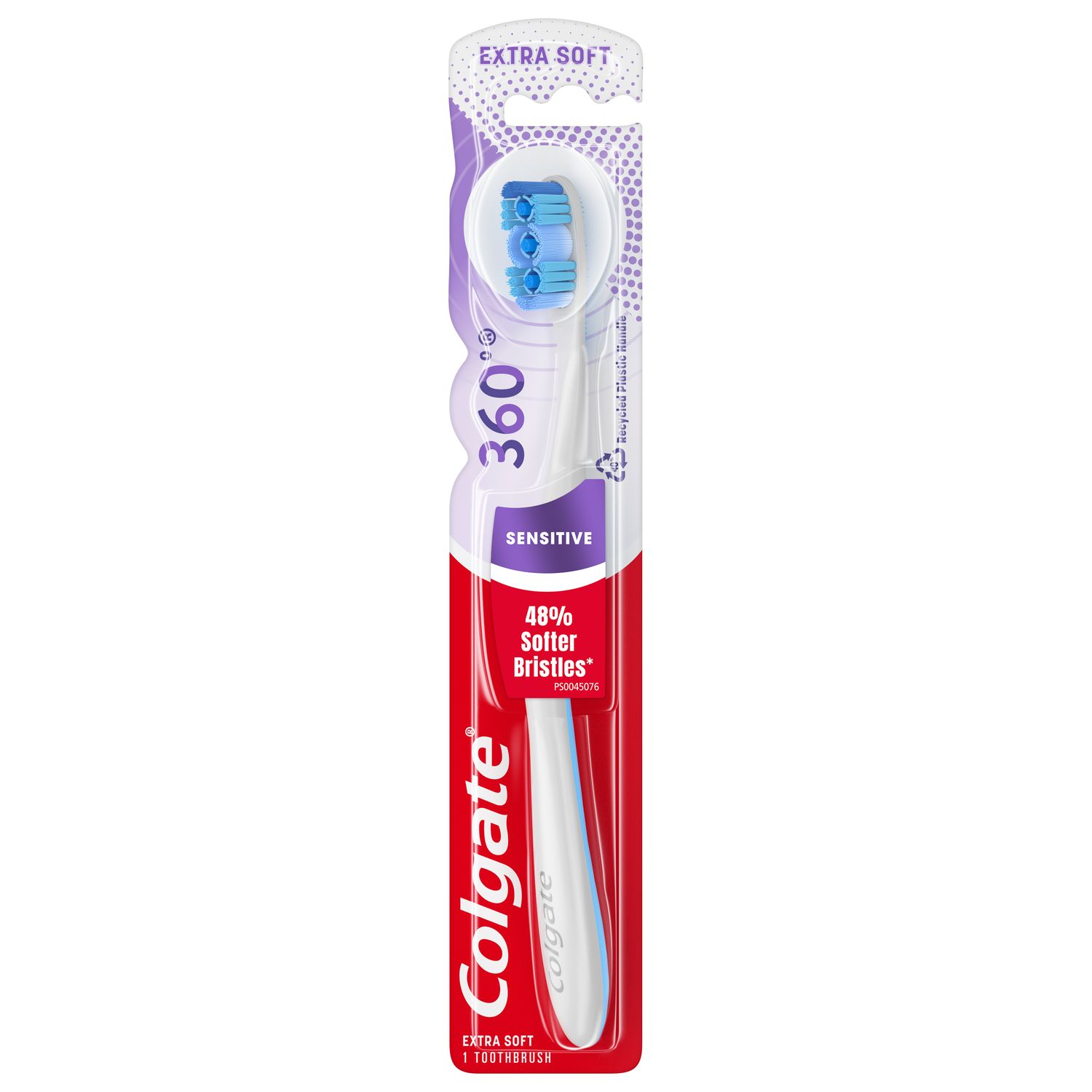You're probably familiar with the idea that lasers have revolutionized many industries. But were you aware that they've even expanded into dental care? While this is an exciting breakthrough, more scientific studies should be done for this periodontal disease treatment option. We recommend speaking with your dental professional about what your unique treatment plan should look like. Let's go over what periodontal disease is, how laser gum surgery works, and its known risks and benefits.
Understanding Periodontal Disease
Periodontal or gum disease is an infection of the gums and other supporting tissues and bone that hold your teeth in place. If discovered while still in the early stage, known as gingivitis, it can be reversed with a rigorous oral care routine. But periodontal disease, the more advanced stage, requires professional intervention.
Periodontal disease mainly affects adults in their 30s and 40s, according to the National Institute of Dental and Craniofacial Research (NICDR). The risk factors for periodontal disease include:
- Poor oral hygiene
- Smoking
- Chronic illnesses, such as diabetes
- Certain medications
- Genetic susceptibility
Scaling and root planing is the standard treatment for periodontal disease. This non-surgical deep cleaning removes tartar, plaque (biofilm), and bacteria from the root surface of the tooth below the gumline. It also smooths the root surface, preventing bacteria from building up again and helping the gums reattach snugly to the tooth.
Alternatively, your periodontist may decide that a surgical method of treating your periodontal disease is your best therapeutic option. This could be due to the severity of your gum infection. The NIDCR notes that a common surgical option, known as gum flap surgery, entails a surgical cut in the gum tissue. The gum is then pulled back to allow deep cleaning around the roots underneath. Your gum tissue is then sutured back into place to heal.
Other surgical options for periodontal disease include bone grafts, soft tissue grafts, guided tissue regeneration, and the application of tissue-stimulating proteins.
How Laser Therapy Works
Laser therapy is not a standalone treatment but works in conjunction with traditional therapies. It works as follows:
Your periodontist uses a laser to access and remove the inflamed gum tissue from around your tooth's root.
They then remove the tartar and plaque that has built up below and around your gum line.
Next, they use a different tool to smooth out any rough spots on your tooth above and below the gum line. Removing these rough spots prevents bacteria from re-adhering to the tooth and reduces the risk of future infections.
After laser periodontal therapy, your gums will need time to heal and regenerate. During this healing process, your gums should be infection-free and be able to tighten back up around your tooth, like a turtleneck that fits nicely around your neck!
Note that not all dental professionals use laser therapy. Those who decide to treat patients with this therapy undergo training on using lasers. This ensures they have the proper technique and understand how to use different wavelengths correctly.
Laser Gum Surgery: Risks and Benefits
There are several benefits to using lasers for clearing out diseased gum tissue. The four main advantages of using laser therapy to treat gum disease are as follows:
- Recovery and healing times are shorter.
- You won't need general anesthetic, as is sometimes required for other forms of dental surgery.
- Lasers can target the diseased areas precisely and accurately.
- There's less bleeding, pain, and swelling because periodontal laser therapy is less invasive than regular surgery.
Despite these benefits, some medical authorities don't yet support the use of this therapy. The effects of laser periodontal therapy are still being studied. There is currently a lack of evidence to support that this treatment approach is better than traditional periodontal therapy, as noted by the American Academy of Periodontology (AAP). But it has shown promising results for eligible patients.
Laser Gum Surgery: Costs and Insurance Coverage
The cost of laser gum treatment depends entirely on the extent of your needs and the severity of your periodontal infection. Your dental professional typically won't commit to a price until they've had the chance to examine you.
If you have dental insurance, determine whether your insurance carrier will reimburse you for your periodontal treatment and whether there are limits or restrictions placed on reimbursement according to the type of treatment. It's best to get confirmation from your insurance company before choosing this therapy, so any potential bills don't blindside you.
Possible Symptoms After Laser Gum Surgery
Your recovery time and post-therapy dental care will depend on several factors, such as the wavelength used in your laser therapy treatment, the severity of your condition, and your medical status. After laser therapy, your post-op care will be unique to your healing process, and your dental professional will give you guidelines specific to you.
In general, you may experience the following symptoms directly after laser periodontal therapy:
- A change in the color of your gum tissue.
- Light bleeding and swelling around the laser site.
- Some soreness or tooth sensitivity.
- An unpleasant taste from a prescribed mouth rinse.
Laser Gum Surgery Aftercare
We recommend that you eat soft but nutritious foods while in recovery. Staying away from extremely hot and spicy meals, as well as gum, hard candies, cookies, chips, and other crunchy foods will give your mouth the ability to heal without interference.
Maintaining an A+ oral hygiene routine after you undergo any periodontal therapy is also critical to avoiding a recurrence of the infection. Your dental professional will instruct you on how best to care for the site of your laser therapy treatment, as well as your entire mouth. But in general, brushing your teeth twice a day, cleaning between your gums once a day with floss, a water flosser, or another interdental cleaning tool, and regularly rinsing with an antimicrobial mouthrinse will be the fundamental pillars of your top-notch oral care routine.
The idea of laser gum surgery may sound like the right option for you. It's incredible to see how far dental therapies have come, and having a less painful and less invasive option for treating gum disease is quite tempting. Seeking guidance from your trusted dental professional is the best course of action when making this decision. You should feel comfortable asking them about laser therapy, but know there are plenty of other options proven to be safe and effective.
Frequently Asked Questions About Laser Gum Surgery
Are there any risks from laser gum surgery?
The risks of laser gum surgery appear to be low, although research into this method is still ongoing. In addition to the infection risk that comes with any dental surgery, laser gum surgery may cause scarring or discoloration of the gum tissue. If you are concerned about risks or side effects, speak to your dentist for reassurance.
How painful is laser gum surgery?
Laser gum surgery is performed under local anesthetic, where the surgical area is numbed first, so you won’t feel any pain during the procedure. You will feel some discomfort in the days afterwards as you recover from your surgery. However, laser gum surgery is generally regarded as less painful than other surgery types due to the precision cuts and minimal swelling. Your dental professional can advise you on how to manage any pain or discomfort after your surgery.
How long does it take to heal after laser gum surgery?
Healing from laser gum surgery typically takes one to two weeks.
This article is intended to promote understanding of and knowledge about general oral health topics. It is not intended to be a substitute for professional advice, diagnosis or treatment. Always seek the advice of your dentist or other qualified healthcare provider with any questions you may have regarding a medical condition or treatment.
ORAL HEALTH QUIZ
What's behind your smile?
Take our Oral Health assessment to get the most from your oral care routine
ORAL HEALTH QUIZ
What's behind your smile?
Take our Oral Health assessment to get the most from your oral care routine















